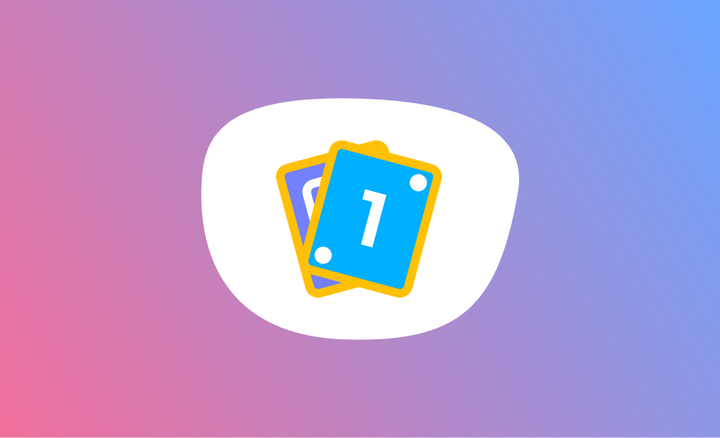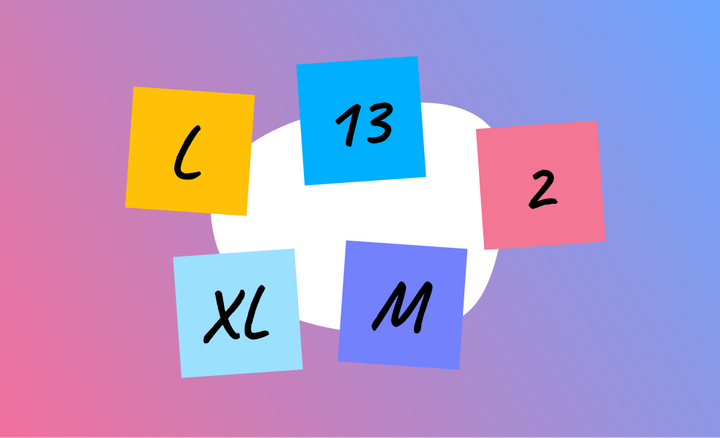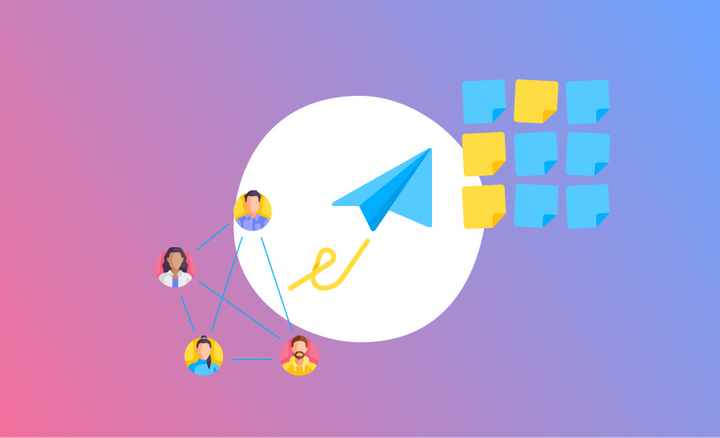Effective Facilitation - Part 1: Decide on the purpose & prepare
When running any meeting or workshop, interrogate your thinking by asking yourself questions that will guide how you craft the engagement to address a real problem.

Facilitating meetings and workshops can be daunting and somewhat stressful. Moreover, attendees are often quiet, disengaged, and feel like the session is a waste of their time <cue joke about useless meetings>. By making collaborative sessions more structured, engaging, and interactive, we can unlock hidden ideas, and create alignment between the team, and maybe even have a bit of fun. Let's make all sessions more purposeful and productive.
This guide distils some of the core thinking around planning, running, and consolidating outputs of collaborative sessions.
1. Decide on the purpose & prepare
When running any meeting or workshop, interrogate your thinking by asking yourself questions that will guide how you craft the engagement to address a real problem.
How did the need for the session originate?
Think about the core need for the session and what it's aimed at accomplishing. A simple way to do this is to write it down as a concise problem statement. For example, a daily stand up's problem statement might be:
To encourage alignment in responsibilities and expected deliverables, and to create a cohesive and inspiring team spirit; individuals need to effectively voice their concerns, personal constraints, and accomplishments.
The problem statement will guide most of the decisions for preparing, running, and communicating the outcome of your session.
Who is attending the session and what are their contributions?
A common trope in the corporate world is people being involved in sessions where they don't provide sufficient value, or alternatively, people who could enrich the group's understanding are excluded.
Note that simply creating alignment between people or making a space to understand each other better, can be a problem statement in itself. Furthermore, this can also be an objective as part of another more practical problem statement.
Based on the problem statement, pick the right people to join your session. Thinking about the people that have an impact or can be impacted by the problem being solved is a good way to choose. Remember to create diversity in the group. People of similar perspectives will just create an echo chamber and create a false sense of certainty.
It's also important to not include people for the sake of it. When you have a large group, where a large portion of people aren't really involved or affected, it makes it challenging to manage the session and get valuable contribution.
Smaller groups promote intimacy and increases the chance of everyone contributing or getting benefit from the session - great for solving hard problems.
Larger groups all at once are more suited to dispersing information, and making everyone feel more part of the whole - but aren't optimal for solving tricky problems.
* Note: At this point in your planning, it should be clear if this session should rather be an email or group chat.
What are the expected actionable task outputs?
Meetings or workshops should always have an actionable output. It's rare that a successful collaborative session happens with no tangible action items. It might be a passive change that needs to happen or a time boxed set of deliverables. Action items can also be predefined, and comprise the entire objective of the session. For example:
Multiple new team members expressed confusion about the project at large. This session aims to gather the team's ideas for improving the project onboarding process to promote transparency, alignment, and knowledge sharing.
Think carefully about the outputs you expect, and more importantly, make sure you mould your session to encourage meaningful action items being produced.
What activities will you conduct in the session?
Unfortunately, a well crafted problem statement, the right people in the room, and knowing we need action items, aren't always enough to run a productive meeting or workshop. There is a need for a simple activity that prompts people to interact and provide their input easily, transparently, and visually.
A simple way to achieve this is through prompts that are linked to the problem statement and expected nature of the action items. For example, in the case of a retrospective where we want to understand problems, achievements, and adjustments in the team's way of working:
If the last work cycle was an animal, which do you think it would be?
What dependencies are holding the team back from meeting milestones?
What were the main pain points in the last work cycle?
What did you learn unexpectedly?
By creating pointed prompts, you reduce friction for people to interact and voice their thoughts. The less thinking and effort involved for people in a session, the better.
It is important to visualise the responses from the team in a central concise way. Think of it as a shared brain. We want to capture as much input from the group as possible, probe deeper on some of the responses from individuals, and find themes in what everyone is saying. This allows us to create alignment between the group, and form a concise distilled model.
Below is an example of a prompt with a group's response in Interacts. Notice the pointed question, rich responses, and themes in the word cloud.
2. Stimulate conversation & find patterns
Click here for Effective Facilitation Part 2.



